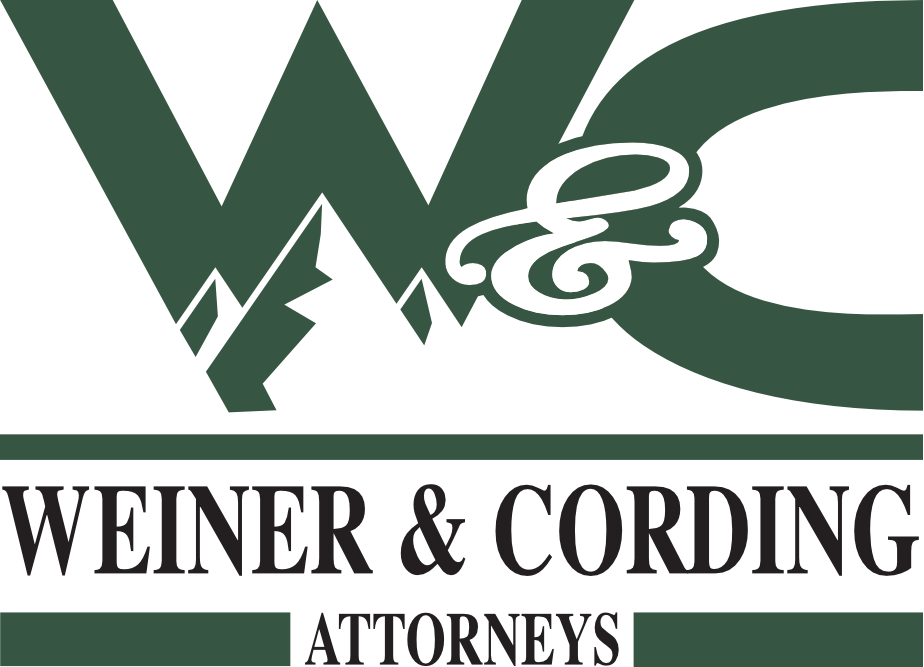Disputes between residential landlords and tenants are all too common. The Law Offices of Randall M. Weiner, P.C. represents both landlords and tenants in lease disputes. However, landlord-tenant disputes can be stressful and expensive for both parties. The best solution is to create a good landlord-tenant relationship before the tenants move in, and to maintain that relationship throughout the lease period. This two-part post contains tips for both creating and maintaining good landlord-tenant relationships.
Tips for Creating a Good Landlord-Tenant Relationship
- Conduct background checks.
- Use a good written lease. Written leases are not always legally necessary, but they are always a very good idea. A lease is a contract for thousands of dollars. It grants tenants a possessory interest in property. In other words, leases are a big deal and they should be comprehensive, specific, memorialized in writing, and signed.
- Provide tenants with the information they need to be good tenants. Many tenants are willing to follow the rules, but many landlords fail to provide tenants with the rules and information needed. Include important written materials with the lease so tenants understand their responsibilities. For instance, provide “house rules” (e.g., “don’t set the heat below 60 degrees”), instructions (e.g., “how to clean the dryer vent”), HOA regulations, contact numbers, and emergency maintenance procedures.
- Be extra wary of roommate arrangements. Just as disputes can arise between landlords and tenants, disputes can also arise between co-tenants. Co-tenants should use a separate written roommate agreement to address any details the lease doesn’t cover. For instance, how will roommates divide chores? What happens if one roommate wants to get a dog?
- Follow a check-in procedure. A “check-in” procedure is the best way for both the landlord and tenants to document the condition of the rental property at the time of move-in. This can help resolve disputes related to property damage at move-out. Ideally, check-in is conducted by landlord and a tenant together, utilizing a written check-in sheet and taking photographs.
Check back soon for Part 2 of this post, “Landlord-Tenant Relationships.”
The law is always changing. We cannot guarantee that the information provided herein is current and accurate. Every situation is different. Do not refrain from seeking legal advice from a lawyer because of anything contained in this blog. Consult an attorney for individual legal advice regarding your own situation.
